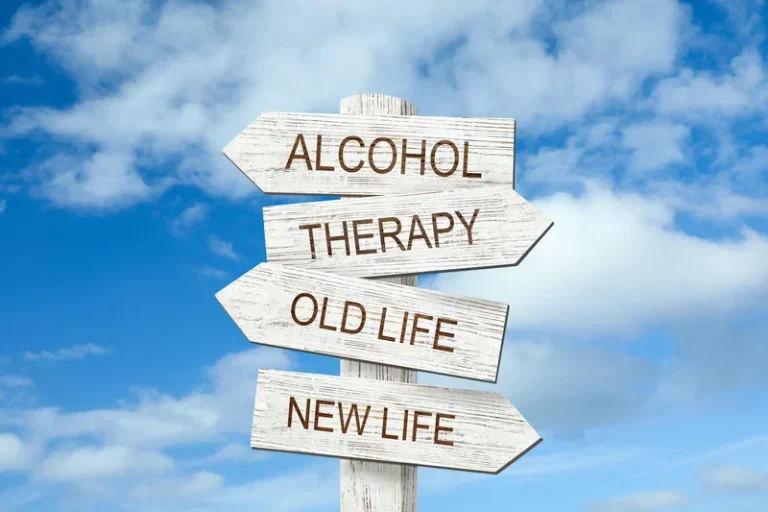Alcohol Use Disorder AUD Alcohol Use Disorder Alcoholism: What It Is, Symptoms, and Treatment

Here’s some information to help you get ready for your appointment, and what to expect from your health care provider or mental health provider. Too much alcohol affects your speech, muscle coordination and vital centers of your brain. A heavy drinking binge may even cause a life-threatening coma or death. This is of particular concern when you’re taking certain medications that also depress the brain’s function. Genetic, psychological, social and environmental factors can impact how drinking alcohol affects your body and behavior. Theories suggest that for certain people drinking has a different and stronger impact that can lead to alcohol use disorder.
Long term
One such example of an addition that produces an alcohol is the hydroboration oxidation. You will see many reactions that involve removing the whole OH group or just the H. The high electronegativity of oxygen makes the C and H bonded to it electrophilic and thus reactive to electron-rich molecules.
What are the Types of Treatment for Alcohol Use Disorder?
But heavy drinking carries a much higher risk even for those https://ecosoberhouse.com/ without other health concerns. Be sure to ask your healthcare professional about what’s right for your health and safety. For women, more than three drinks on any day or more than seven drinks a week is heavy drinking. For men, heavy drinking means more than four drinks on any day or more than 14 drinks a week.
Medical Professionals
- Alcohol use disorder involves a loss of control over the ability to drink moderately.
- Your doctor or healthcare provider can diagnose alcohol use disorder.
- The classification of alcohols depends on how many alkyl groups are attached to the carbon atom with the OH group.
- If you have any additional complications during treatment, this will also affect the length of your hospital stay.
- A third definition, behavioral in nature, defines alcoholism as a disorder in which alcohol assumes marked salience in the individual’s life and in which the individual experiences a loss of control over its desired use.
In the general population, variation in daily alcohol consumption is distributed along a smooth continuum. This characteristic is inconsistent with the medical model, which implies that alcoholism is either present or absent—as is the case, for example, with pregnancy or a brain tumour. For such reasons, the sociological definition regards alcoholism as merely one symptom of social deviance and believes its diagnosis often lies in the eyes and value system of the beholder.
But as you continue to drink, you become drowsy and have less control over your actions. Because denial is common, you may feel like you don’t have a problem with drinking. You might not recognize how much you drink or how many problems in your life are related to alcohol use. Listen to relatives, friends or co-workers when they ask you to examine your drinking habits or to seek help. Consider talking with someone who has had a problem with drinking but has stopped. The Chief Medical Officers for the UK recommend that if you’re pregnant or planning to become pregnant, the safest approach is not to drink alcohol at all to keep the risk to your baby to a minimum.

Tertiary alcohols only undergo SN1 reactions; secondary alcohols can undergo SN1 reactions but with a slow rate and thus generally prefer to undergo SN2 reactions; primary alcohols only undergo SN2 reactions. Some people may drink alcohol to the point that it causes problems, alcoholism but they’re not physically dependent on alcohol. Alcoholism, referred to as alcohol use disorder, occurs when someone drinks so much that their body eventually becomes dependent on or addicted to alcohol. The first is to help stop withdrawal symptoms and is given in reducing doses over a short period of time. The most common of these medicines is chlordiazapoxide (Librium).
What Are the Types of Treatment for Alcohol Use Disorder?
While people with this condition may start drinking again, studies show that with treatment, most people are able to reduce how much they drink or stop drinking entirely. A third definition, behavioral in nature, defines alcoholism as a disorder in which alcohol assumes marked salience in the individual’s life and in which the individual experiences a loss of control over its desired use. Clinicians call such a behavioral disorder a disease because it persists for years, is strongly hereditary, and is a major cause of death and disability. In addition, alcohol permanently alters the brain’s plasticity with regard to free choice over beginning or stopping drinking episodes. As with other medical diseases but unlike most bad habits, prospective studies demonstrate that willpower per se is of little predictive significance. Despite the negative effects continued alcohol use can have, some people may overlook or downplay these symptoms of alcohol use disorder as they develop, even as they begin to impact physical and mental well-being.

The classification is done in accordance with the carbon atom of an alkyl group is attached to the hydroxyl group. Most of the alcohols are known to be colourless liquids or even are said to behave as solid at room temperatures. Alcohols are classified as primary, secondary or tertiary alcohols.

alcoholism

Alcohols are compounds with a hydroxyl group (OH group) bonded to an sp3 hybridized carbon atom. That is, the carbon with the OH bonds to three other things that are either hydrogen atoms, alkyl groups, or both. This makes alcohol different from carboxylic acid, another common hydroxyl-containing functional group because, in carboxylic acids, the carbon with the OH double bonds to another oxygen atom. Secondary alcohols are those where the carbon atom of the hydroxyl group is attached to two alkyl groups on either side. The two alkyl groups present may be either structurally identical or even different.

Leave a Comment